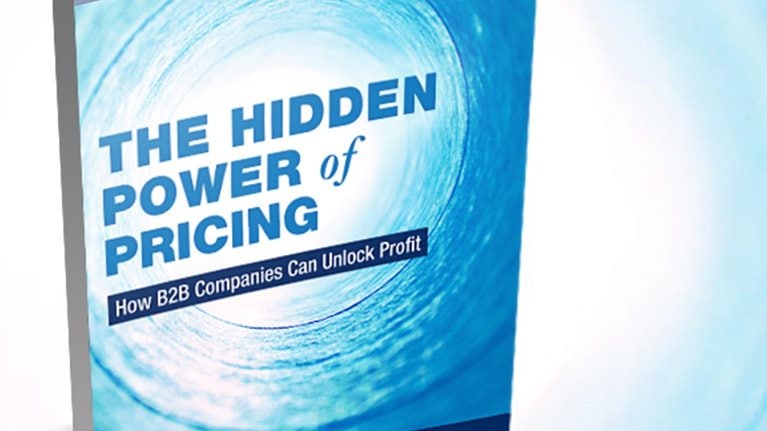(Note: Click play to watch a selected video from the series. You can also watch the complete chaptered interview on our YouTube channel).
Profits in pricing: focus of change
“When we started on our journey toward marketing and sales excellence, our key objectives were improving profits and increasing customer satisfaction. Initial diagnostics of our marketing and sales practices showed that 30 percent to 50 percent of the value that we felt we could find and deliver was in price-to-profit realization (i.e. refining pricing practices to realize greater profits), so we focused on this.
“Our estimate that there was around a billion rand of profit-improvement opportunity gave us the incentive to look in more detail. Deep quantitative analysis identified two to three billion rand of profit-improvement opportunity that we felt we could realize by improving marketing and sales practices.
“The culture and the history of Sasol have been very volume oriented. Coming initially from the synthetic-fuel side of the business, then growing downstream into the chemicals business, we had a lot of ‘fatal production.’ As a result, marketing and sales teams became very oriented to moving volume too. Clearly, a constant balancing of pricing and volume is critical to any successful business, so we purposefully decided to focus on pricing first, then on the whole idea of growing our business in a profitable way.”
The secrets to making a change program work
“As we worked with the business units to start implementing changes in the way we did pricing, we saw that we had units with will and very little skill, and we had some units with very high skill but very little will. Obviously, a combination of high will and skill is best, but we found we had high success with those with will, even if they had little skill, because they were open-minded about coming along and learning. So we sought individuals who were willing to say, ‘You know what? I didn't do everything perfectly in the past. I'm willing to listen to somebody else and have the opportunity to learn, regardless of where I am in my career.’ That’s who we worked with.
“A program like this—and I've been through many—always has its skeptics. That's a normal part of the process, and one has to be prepared for it. Just face it straight on, not in a confrontational way, not in an argumentative way, but by sitting down with individuals, human to human, and having an open discussion about their concerns and about what we can do to assist them. Fortunately, more times than not, that works. Sometimes it doesn't, and one just has to move on.
“The foremost factor in making people willing to change was the incentive to improve the bottom line. Second was the opportunity for capability-building. This wasn't ‘us’ coming in and doing it to ‘them’. This was them taking ownership of a process where they're doing the work, they know the business; they're identifying the opportunities, developing business cases, and delivering.”
Building for the long term
“The real success of this is not if we deliver two to three billion, but if we deliver that and then identify another two to three billion, deliver on that again and again. This goes on each year, delivering margin improvement every year in the range of, say, 1 percent to 5 percent.
“To make sure the change was working, we set up a very rigorous process in which the businesses tracks this from the very beginning of opportunity identification through seven stages to the point where we can actually reconcile the delivery of the money in the income statement. Coaching is not something we were used to in our culture, and early on in our journey we underestimated its power. Improving the capabilities of our people so that they can coach each other is a critical success factor that we have to get right. It’s going to lead to sustainability in the long term.”
A new way of looking at—and benefiting from—data
“We're a company full of engineers who deal with data all the time. But, ironically, our sales and marketing teams were not dealing with data in order to enable decisions. So we brought facts based on data into the discussion about price-to-profit realization. The teams knew their pricing, they may have known their volumes, but this was something more—extremely granular data, literally from each and every invoice, by product, by customer, by packaging.
“To have data in a form and of an accuracy to allow teams to analyze their business and make better decisions wasn't something we’d had in our culture. Now we give them the tools and the training to be able to do that.
“There were skeptics about this, because they'd run their businesses for a long time without data. But through experiential learning and working with the new tools, they realized, ‘Wow, I can actually make better decisions with data.’ ”


